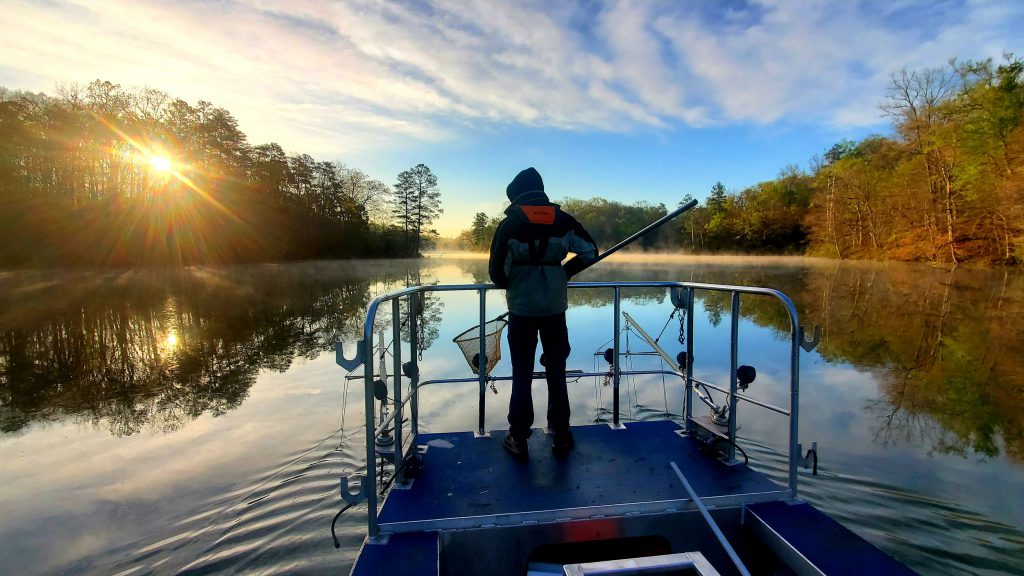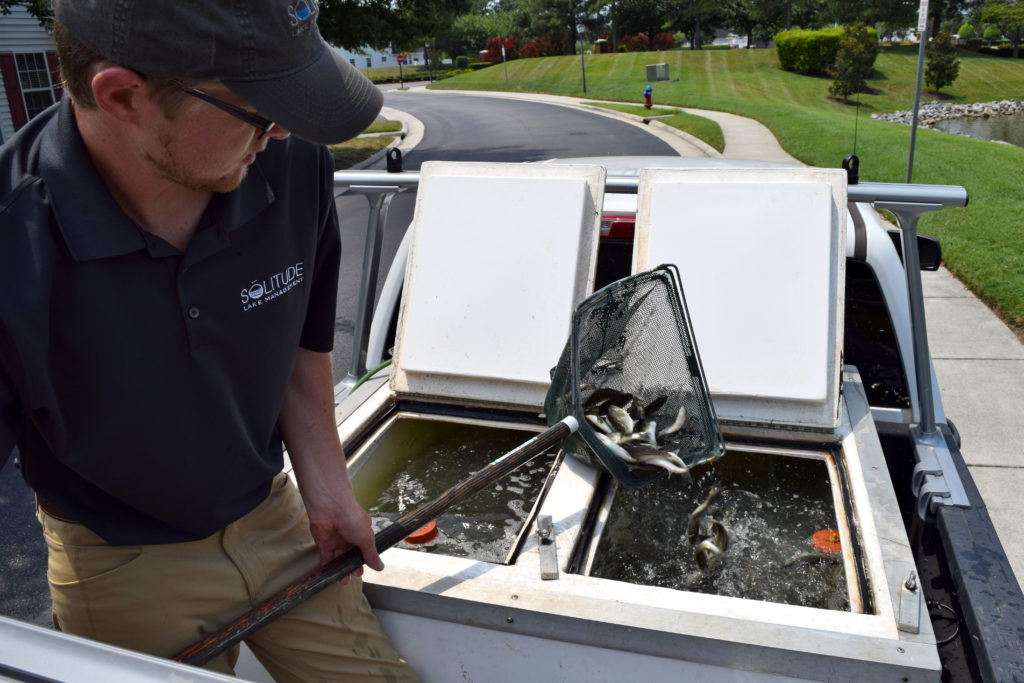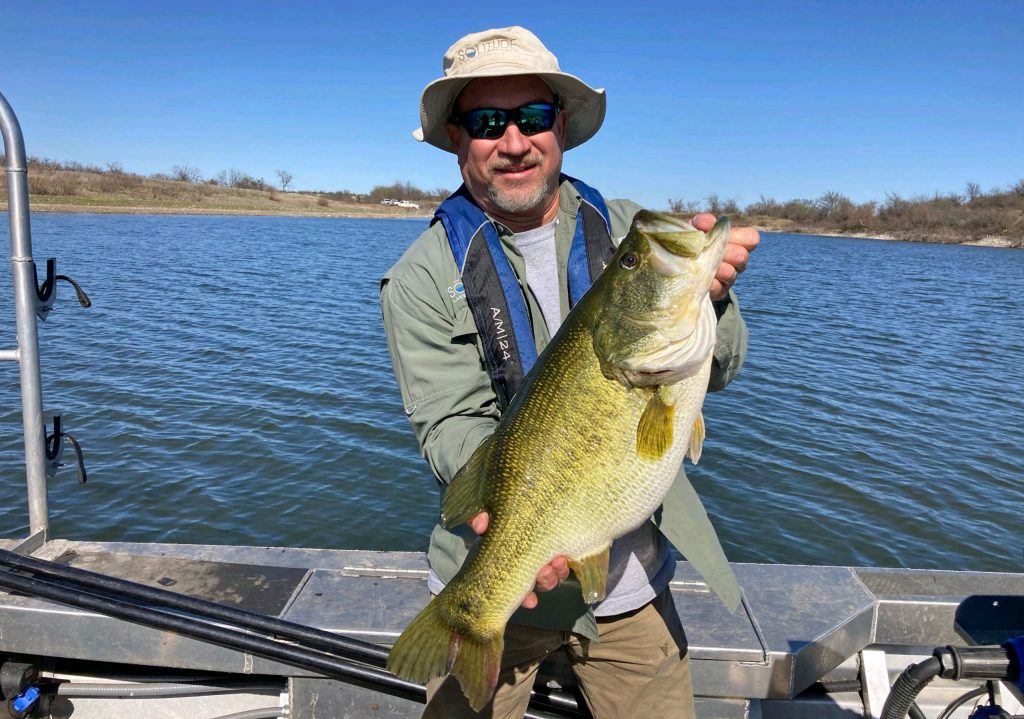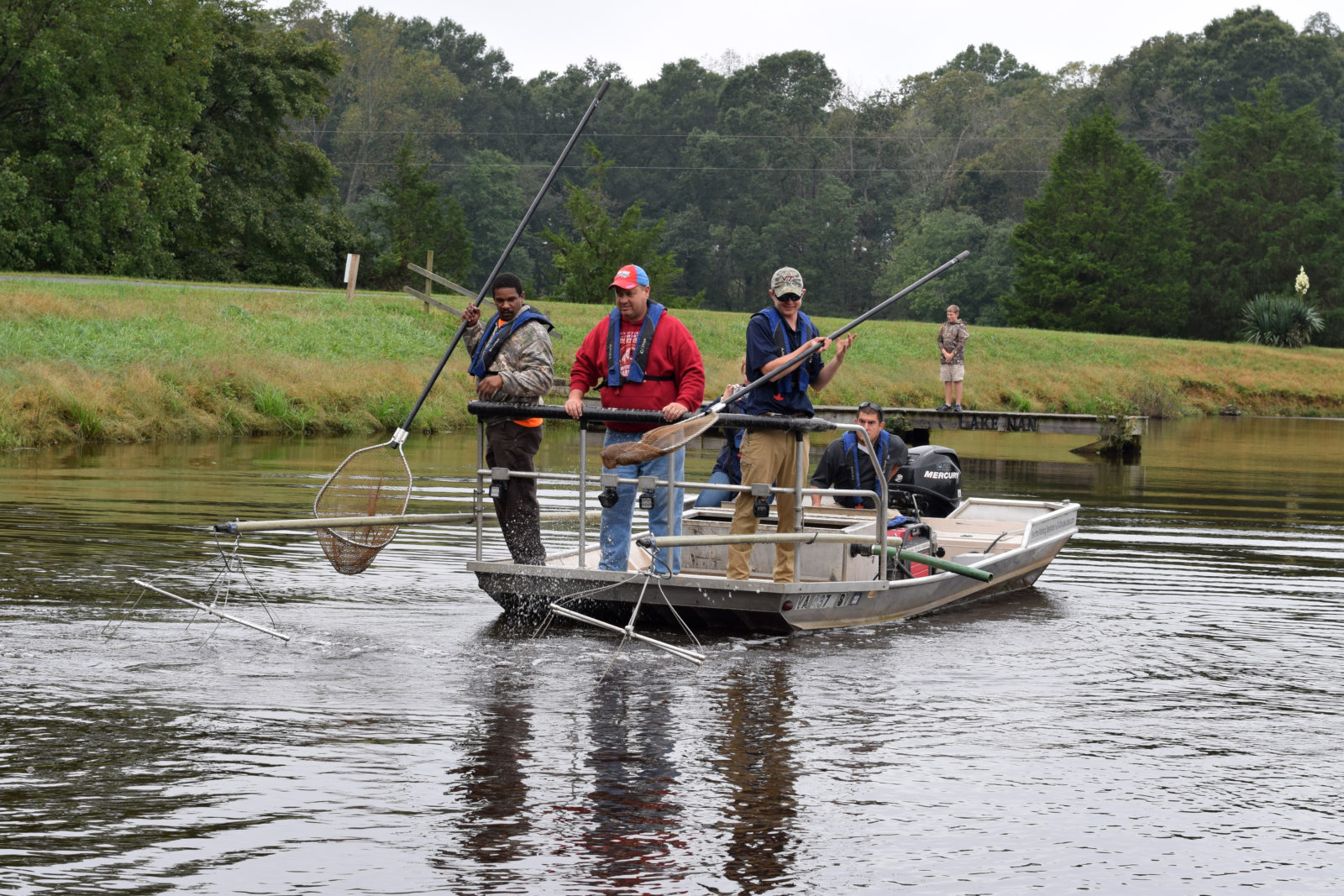
4 Ways to Evaluate Your Fishery's Health in the Fall
As summer comes to an end and the colors of fall begin to appear, many lake and pond owners start to look ahead to the next season. However, Autumn is a critical time for fisheries management. For those focused on cultivating a trophy fishery with thriving largemouth bass and other predator fish, the fall months are an important time to stay engaged and work alongside a Fisheries Biologist to follow a fishery management plan to help ensure you’re on track to achieve your goals.
Here are four essential fisheries management strategies Fisheries Biologists may use to evaluate and enhance your fishery’s health in the fall.
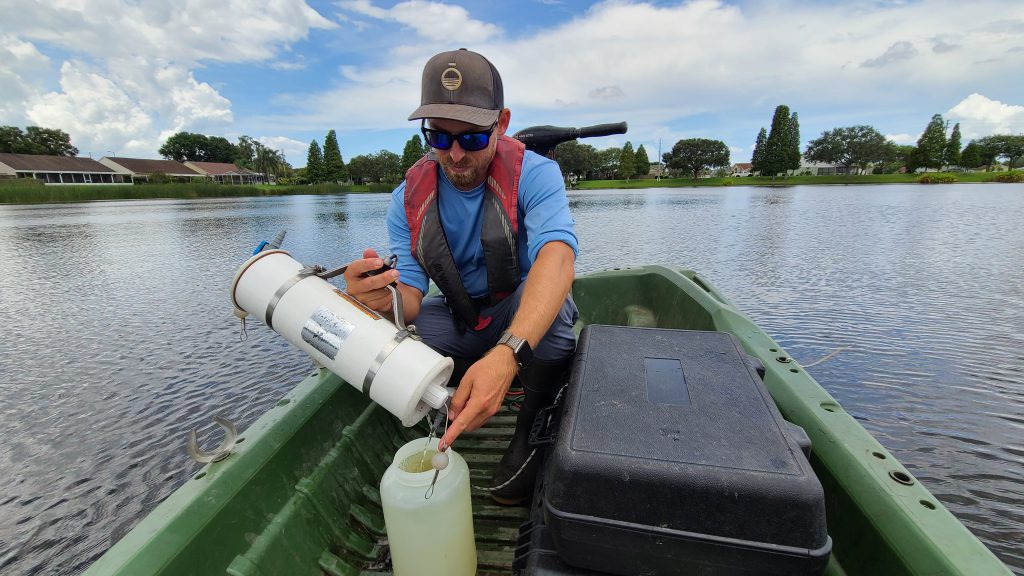
1. Water Quality Testing
Water quality testing is an essential step in evaluating your fishery. By examining samples in a professional laboratory, Fisheries Biologists can get an in-depth look at the overall health of the ecosystem and make decisions to help the fishery succeed.
Nutrient levels
Unlike many golf courses and community associations that desire clear, open water, trophy fisheries require vegetation and a healthy algal bloom to thrive. Nutrients such as phosphorus and nitrogen help promote the development of plants and algae that serve as food and habitat, and enhance prey-predator dynamics. Fall is an ideal time to determine if additional nutrients must be introduced. Fisheries management professionals often recommend liming or fertilizing the fishery in cases where additional nutrients are needed.
pH
Acidic water (low alkalinity) is stressful for fish. If water quality tests reveal that pH levels are off, introducing natural limestone can help adjust the water chemistry and make nutrients more accessible to aquatic organisms that create the foundation of the food chain. A healthy food chain can better sustain the larger, desirable trophy fish at the top.
Dissolved oxygen
Fish absorb oxygen from the water through their gills, which is then used for vital functions and energy. Adequate oxygen is essential for their health and survival. If dissolved oxygen levels are low, introducing fountains, surface aerators, or submersed aerators can circulate oxygen throughout the waterbody, preventing thermoclines—layered water with varying temperatures and dissolved oxygen levels.
Harmful Algal Blooms
Regular water quality testing helps detect undesirable algae, such as cyanobacteria (blue-green algae), which can produce toxins that are deadly to fish. Early identification enables timely intervention to effectively manage harmful algal growth.
2. Electrofishing
Electrofishing is a fisheries management strategy that is a safe and humane method to assess the physical condition of fish, evaluate population dynamics, and estimate the predator-to-prey ratio. Maintaining a balanced ratio is vital as an overabundance of predators can deplete the prey population, disrupting the ecosystem.
During an electrofishing survey, a specialized vessel sends a light electric current underwater. Fish in the vicinity are temporarily stunned, gently collected, and placed in an on-board live well. Biologists then study each fish, examining signs of malnutrition, parasites, and taking measurements like length and weight. Tagging individual fish is common, enabling year-over-year comparisons of growth rates. Results from these surveys may inform recommendations, such as removing certain fish or incorporating supplemental fish feeding.
3. Fish Stocking
In many regions, the fall season, when temperatures hover between 55 and 75 degrees Fahrenheit, is ideal for fish stocking. Fish are sensitive to extreme temperature fluctuations, especially in summer when oxygen levels are known to drop. Stocking pond fish during this stable period helps ensure they acclimate smoothly and thrive in their new environment. Both spring and fall are excellent seasons for stocking pond fish, and your Fisheries Biologist can help you determine the most appropriate fish stocking strategy that meets the needs of your fishery management plan.
4. Assess and Adjust Your Fishery Management Plan
Fall is not just a time for evaluating current conditions but also an opportunity to reflect on the past year and adjust your fishery management plan for the future. Evaluating previous fisheries management efforts can help refine strategies to achieve your trophy fishery goals. A professional Fisheries Biologist can guide you in developing a tailored program that fits your budget and timeline. Remember, every fishery is unique, and a customized management approach can help keep your fishery on the right track as you head into the coming year.
Cultivating a world-class trophy fishery is no small feat, but the rewards of catching trophy-sized bass and creating lasting memories with friends and family make the effort worthwhile. By staying proactive and engaging in these key evaluations during the fall, you help set the stage for a thriving fishery that will continue to excite and entertain for years to come.
Achieve Your Dream Fishery
Enhance Your Fishery This Fall
Call us at 888-480-5253 or complete the form below to connect with an aquatic management expert.
SOLitude Lake Management is a nationwide environmental firm committed to providing sustainable solutions that improve water quality, enhance beauty and preserve natural resources.
SOLitude’s team of aquatic scientists specializes in the development and execution of customized lake, stormwater pond, wetland and fisheries management programs. Services include water quality testing and restoration, algae and aquatic weed control, installation and maintenance of fountains and aeration systems, shoreline erosion control, muck and sediment removal and invasive species management. SOLitude partners with homeowners associations, golf courses, private landowners, businesses and municipalities. SOLitude Lake Management is part of Rentokil, a leading business services company, operating across the United States, Canada and Puerto Rico.
For more information, visit SOLitude Lake Management at solitudelakemanagement.com, and connect on Facebook, LinkedIn, Twitter, Instagram and YouTube.








